Build a classroom word wall and boost vocabulary skills with a printable prefix classroom display.
Prefixes are Powerful! Display Prefix Words Every Day!
Hey there, fellow English teachers! We all know that building a solid language foundation is critical to our students’ success. And when it comes to helping our young readers decode words, prefixes are like the secret weapon in our arsenal. Seriously, they can unlock a whole new world of vocabulary and comprehension!
Print Your Own Prefix Vocabulary Word Wall
This resource is designed to help your students get that daily dose of vocabulary instruction just by looking at the walls in your classroom. This word wall resource download includes
- Prefix Word Headings for the most common prefixes: Un, Re, Dis, Mis, In, and Pre
- Ten word wall cards for each prefix contain various nouns, verbs, and adjectives that use the given prefix.
This resource is available in multiple formats to meet your needs. Colour, black and white, PDF, and editable Google Slides have all been provided for you to choose from. Use the dropdown arrow on the download button to select your preferred file.
Need more resources to help teach your Prefixes and Suffixes standards? Check these out!
[resource:4949048] [resource:4927012] [resource:4952415]
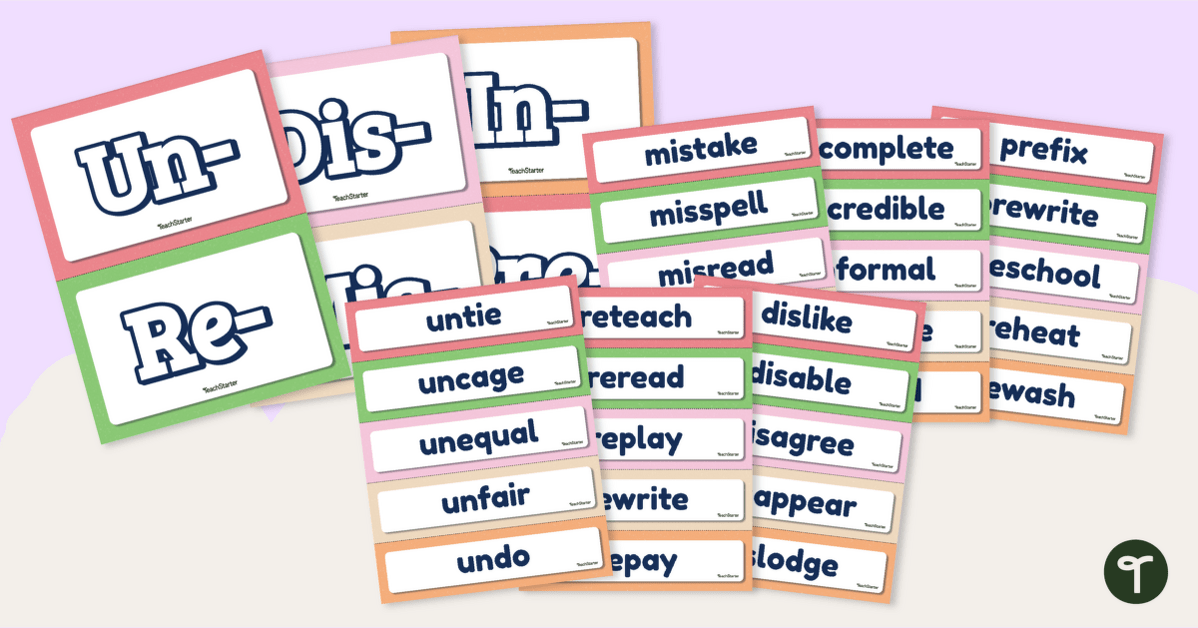


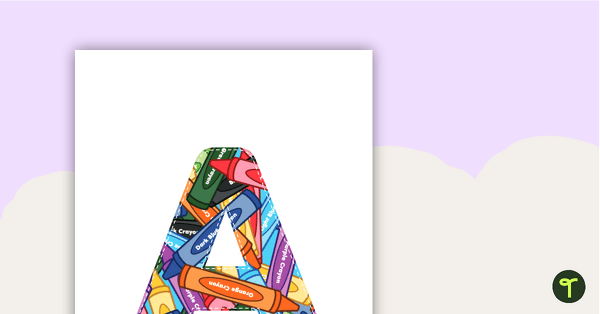
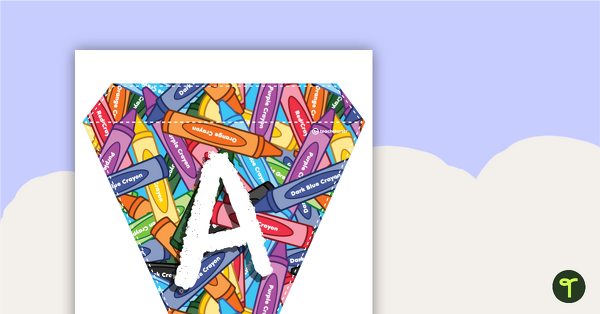
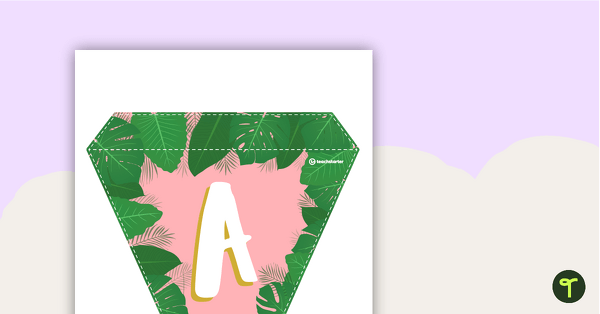
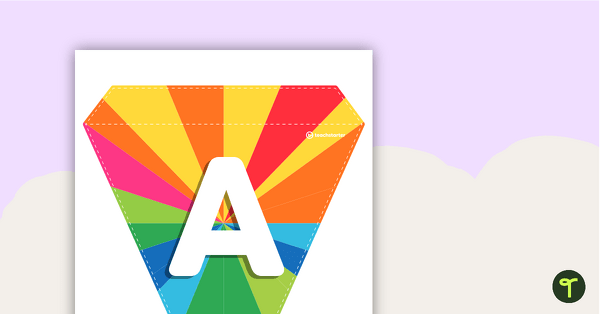
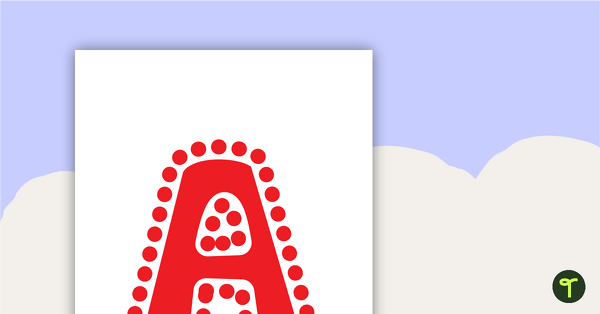
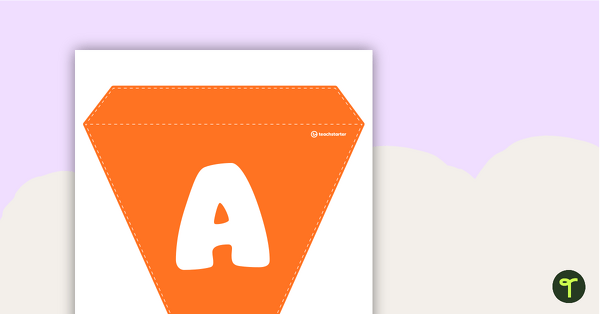
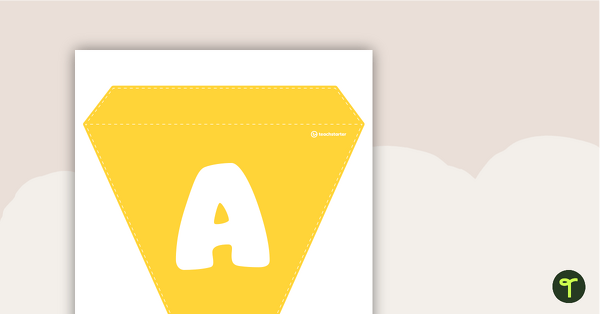
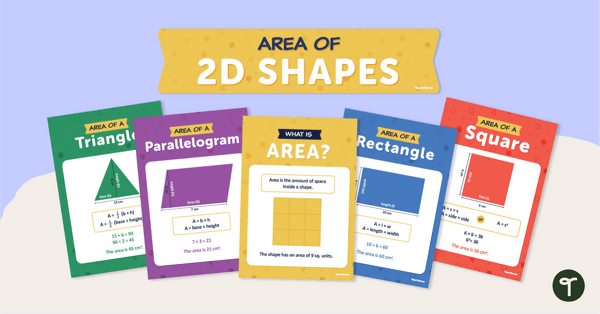
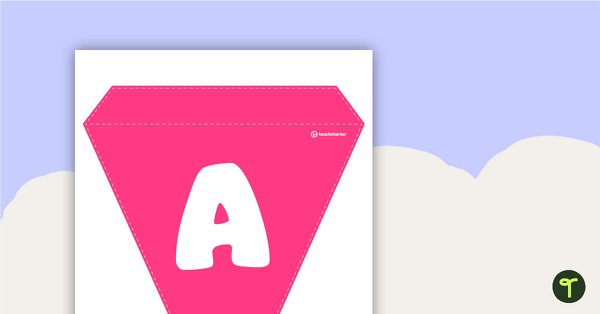
0 Comments
Write a review to help other teachers and parents like yourself. If you'd like to request a change to this resource, or report an error, select the corresponding tab above.